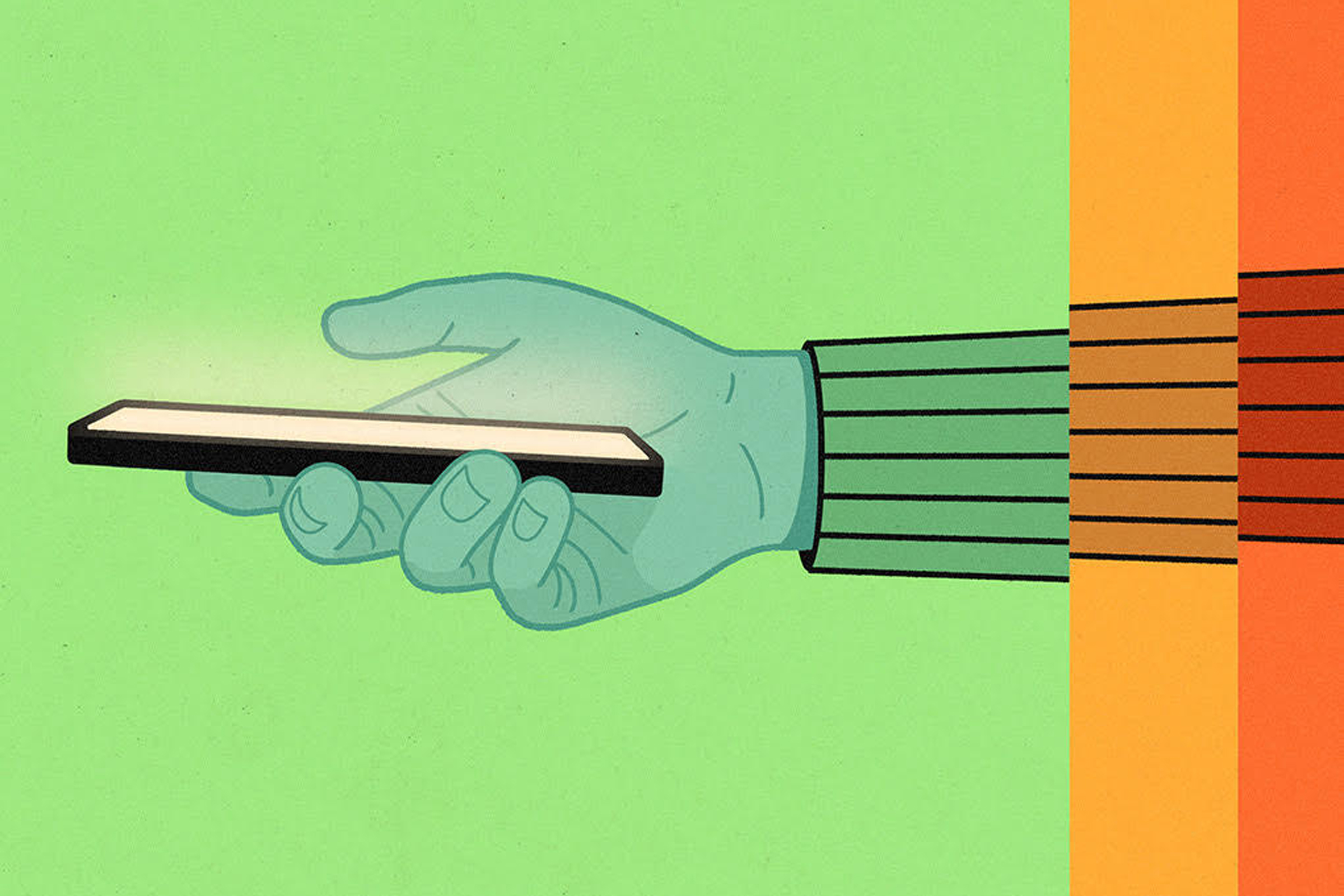
Have you ever sent a text or shared something online that you immediately regretted? Most of us have.
Facing the ramifications of saying something thoughtless, reckless, or rash can be a daunting prospect for anyone who frequently communicates by typing out messages and then flinging them into the digital ether. Now, a growing number of apps and services are offering users the alluring ability to edit those messages.
In the past month alone, two tech giants, Twitter and Apple, have introduced editing features. Twitter kicked off September by announcing it would begin testing an edit button, first internally and then among subscribers of its paid Twitter Blue service. Within two weeks of that move, Apple released its new iOS 16 operating system, which lets users—for the first time—edit and unsend iMessages. Amid these developments, tech analysts have continued to voice concern over how these features could be used for nefarious purposes, such as spreading disinformation.
It’s a trend that speaks to a desire among users to speak freely online without overthinking what they’re sharing, says Mor Naaman, a professor of information science at Cornell Tech. “People want to present themselves in the best light, but also to share freely without excessive cognitive load,” he says. “The edit button, if it works well, can support both goals.”
Editing tools have been a long-sought-after feature on both services. But demand for a Twitter edit button, in particular, reached new heights earlier this year after Elon Musk polled his followers as to whether they wanted one, shortly before he made an offer to buy the company.
How Apple’s edit button works
Given the success of edit tools on platforms like Facebook, Reddit, and Slack, Christina Wodtke, a lecturer in computer science at Stanford University, says it’s somewhat surprising that Twitter and Apple didn’t get there sooner. “It’s been pretty common to be able to edit your web posts for a long time, going back to the early web forums,” she says. “Apple and Twitter have a legacy of being built on mobile, rather than on the web. And a mobile SMS doesn’t normally have edits. But now people are asking, why not?”
Apple has responded by introducing an edit tool to iMessage. Users can now edit an iMessage up to five times within 15 minutes after sending it and unsend any message up to two minutes after it’s sent. To do this, users need only to tap and hold their sent message, then select “edit” or “undo send.”
The message’s recipient will receive an alert that it has been edited or unsent, and can tap “Edited” to see previous versions of the message.
These new capabilities have the potential to alter the way people view private messages, Naaman says. “Messages were seen like postcards. Nobody expects you to come to their home and edit the Hawaii postcard you sent them,” he says. “But we do expect to be able to edit, say, our Facebook profile, at any time. If the implementation is right, expectations will change and edits may become acceptable.”
How Twitter’s edit button works
On Twitter, users will be able to edit a tweet up to five times in the 30 minutes after it’s posted. Once a change is made, a tweet will be marked with an icon, a timestamp and a label that says “Last Edited,” which users can click on to see how the tweet has been edited.
The button will give people a “generous” timeframe to workshop their tweets in the court of public opinion, says Wodtke. “What they’re doing is creating an edit button that allows the Twitter audience to be your personal editor,” she says. “So, if you said something that’s lame, you could quickly change it to be more clear or less open to being misinterpreted.”
Twitter says the feature was intentionally designed to be transparent and protect the integrity of the conversation. “We’re purposely starting this test with a smaller group to learn and address potential issues before bringing it to more people,” a Twitter spokesperson says.
Why edit buttons are controversial
To ensure edit tools are used in good faith, experts say tech companies must take certain precautions. The importance of an “edit trail” that prevents the spread of mis- and disinformation can’t be overstated, says Wodtke. Especially when the information is part of the public record. “[Twitter] has a moral imperative to show the history of edits,” she says.
Twitter’s implementation of an edit button indicates that it’s trying to strike a balance between allowing self-expression and preventing abuse, says Naaman. He says one of the main threats the company is likely trying to protect against is users editing a tweet after its gone viral to completely change its meaning. “Such an edit, while available via the interface, may not be immediately visible to people who are just viewing the shared tweet,” he says.
Even with these safeguards, Wodtke predicts that bad actors will still find ways to take advantage of the feature. “Anytime you put something out there, no matter how well you and your team thought it through, people are gonna find new ways to use it,” she says. “This is definitely no exception. I think we’re going to see a lot of hijinks.”
More Must-Reads From TIME
- The 100 Most Influential People of 2024
- Coco Gauff Is Playing for Herself Now
- Scenes From Pro-Palestinian Encampments Across U.S. Universities
- 6 Compliments That Land Every Time
- If You're Dating Right Now , You're Brave: Column
- The AI That Could Heal a Divided Internet
- Fallout Is a Brilliant Model for the Future of Video Game Adaptations
- Want Weekly Recs on What to Watch, Read, and More? Sign Up for Worth Your Time
Write to Megan McCluskey at megan.mccluskey@time.com